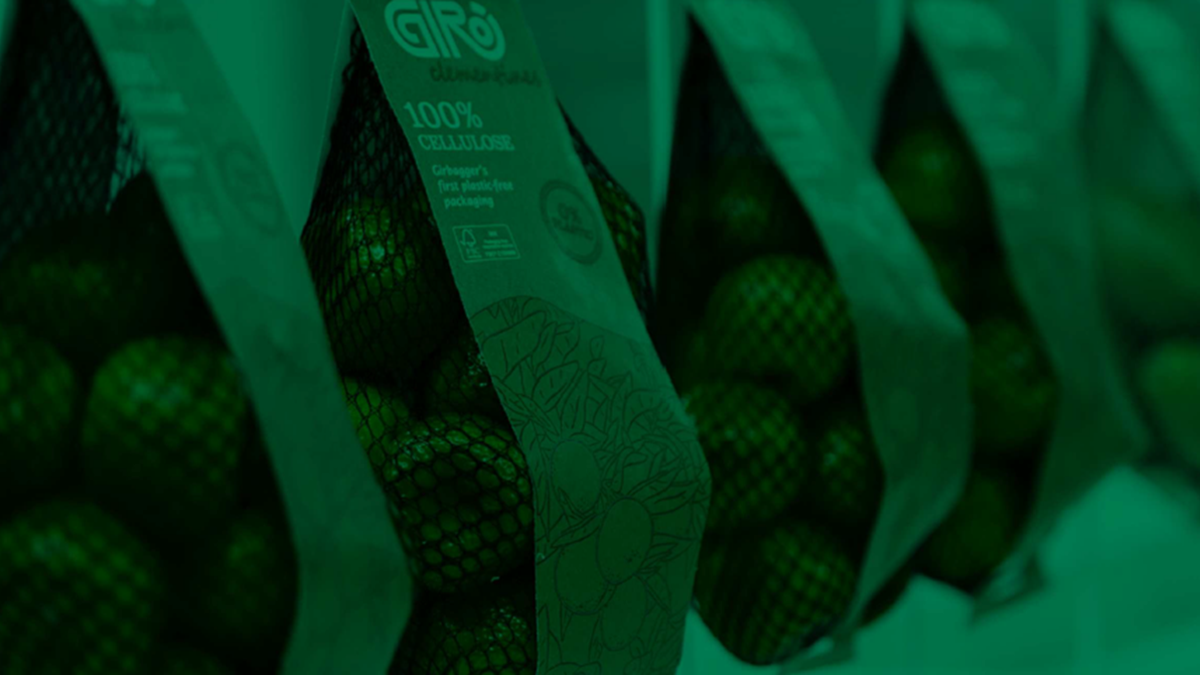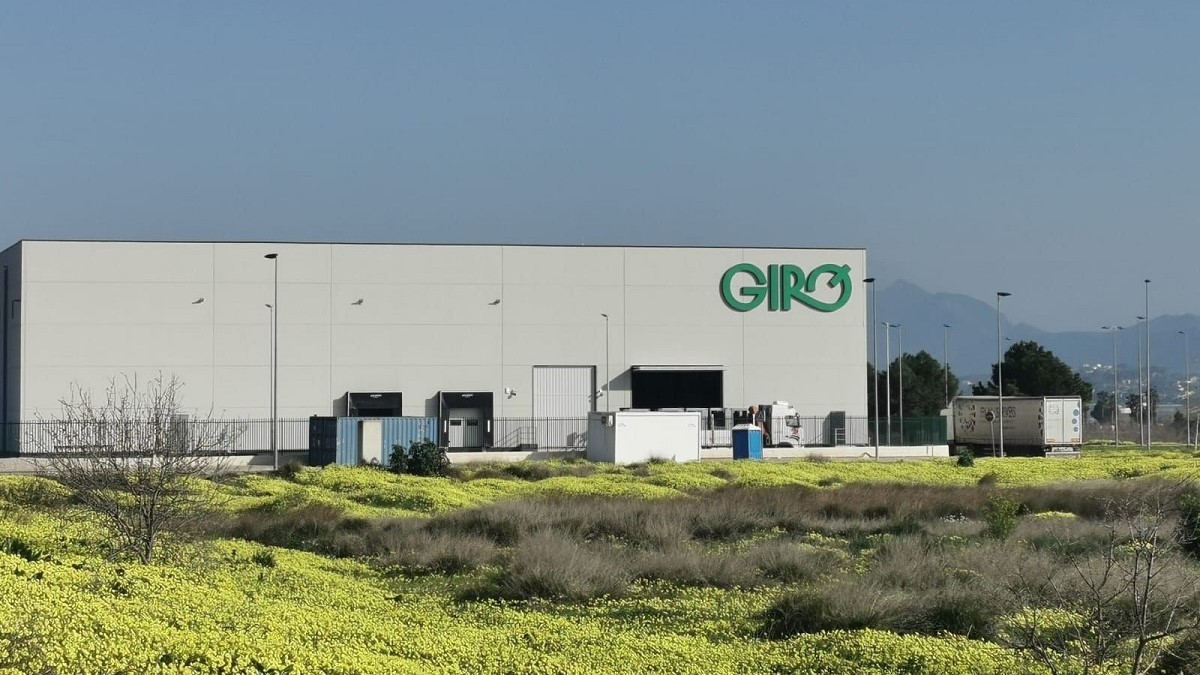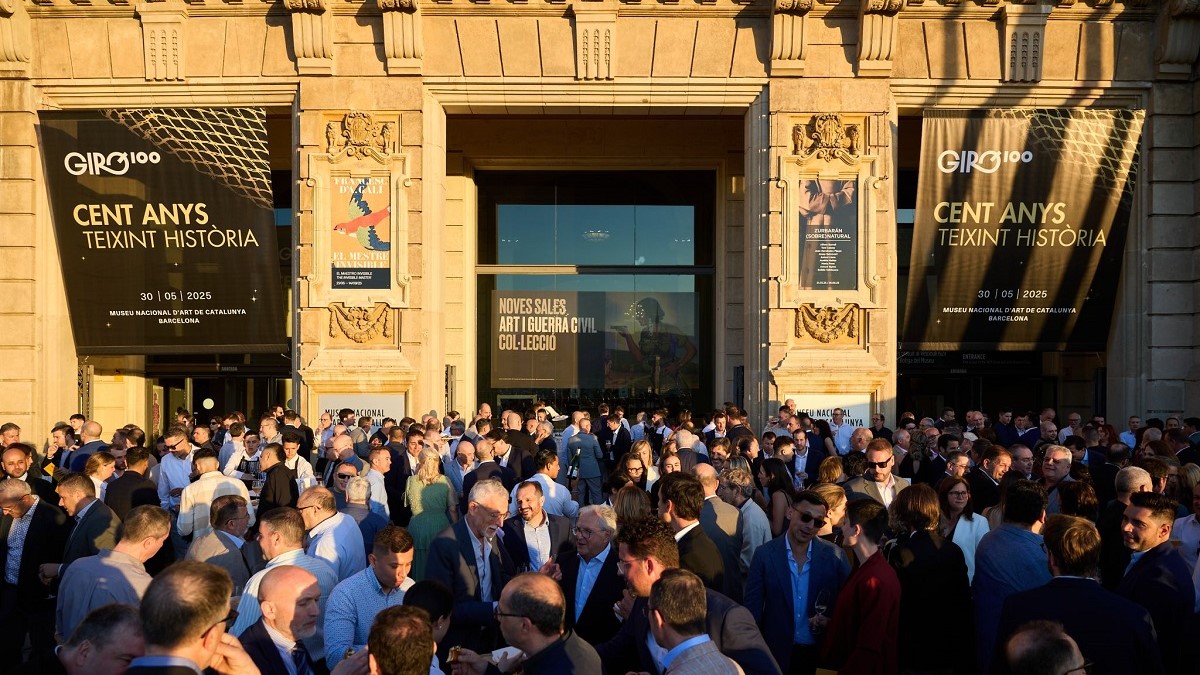Packaging
The evolution of packaging to protect the environment
Climate change and global warming are two of the challenges that most concern society today regarding the future of The Planet. Although the two concepts are closely related, there is an important difference: global warming is the main cause of climate change. The increase in the planet?s temperature caused by greenhouse gas (GHG) emissions into the atmosphere because of human activity is causing drastic variations in the climate that would not occur naturally. The greenhouse effect is a natural process which gases in the atmosphere allow Earth to support life. The problem is generated when human activities increase GHG emissions and the atmosphere retains more heat than necessary, causing the average temperature of the planet to rise and producing what is popularly known as global warming. CO2 emissions have increased by nearly 50% since 1990, contributing to the global temperature rise and jeopardizing the Paris Agreement goal of keeping global warming below 36°F. This increase is due to several factors, but two stand out as the most relevant: the exponential growth in the number of inhabitants of the planet and the increase in their activity in burning fuels for electricity generation, transportation, heating, Industry, construction, livestock, and agriculture, among other things.
29 July, 2022
Climate change and global warming are two of the challenges that most concern society today regarding the future of The Planet. Although the two concepts are closely related, there is an important difference: global warming is the main cause of climate change. The increase in the planets temperature caused by greenhouse gas (GHG) emissions into the atmosphere because of human activity is causing drastic variations in the climate that would not occur naturally. The greenhouse effect is a natural process which gases in the atmosphere allow Earth to support life. The problem is generated when human activities increase GHG emissions and the atmosphere retains more heat than necessary, causing the average temperature of the planet to rise and producing what is popularly known as global warming. CO2 emissions have increased by nearly 50% since 1990, contributing to the global temperature rise and jeopardizing the Paris Agreement goal of keeping global warming below 36°F. This increase is due to several factors, but two stand out as the most relevant: the exponential growth in the number of inhabitants of the planet and the increase in their activity in burning fuels for electricity generation, transportation, heating, Industry, construction, livestock, and agriculture, among other things. For all these reasons, the European Union has decided to create an ambitious plan to redirect the situation and achieve climate neutrality by 2050 under the famous European Green Deal. Its main objective is to decarbonize the economy to decouple economic growth from the intensive use of natural resources. To fulfill this plan, the European Union intends to accelerate the transition to a regenerative growth model that returns more resources to ecosystems than are extracted, thus reducing its consumption footprint for the next decade. In addition to the actions being promoted by the European Union, we see how the United Nations (UN), through the Global Compact, the 2030 Agenda and the Sustainable Development Goals (SDGs), aims to respond to this whole situation. The United Nations Global Compact is the worlds largest corporate sustainability initiative that catalyzes the efforts of companies and organizations to achieve the 2030 Agenda and the SDGs. The SDGs are 17 goals born to fight against the main current global issues, from poverty and inequality to climate change, marking a roadmap to achieve a sustainable world for all. Giró, in its quest for constant improvement and to strengthen its commitment to society and sustainability, has decided to join the United Nations Global Compact and participate in the SDGs. To do so, it has set an ambitious plan in which some projects stand out, such as: green energy contracts generated from renewable energy sources; use of solar energy for the self-supply of Giró factories; replacement of the fleet of fossil fuel vehicles with hybrid alternatives; annual food collection campaigns; support to various foundations supporting inclusion and equity and supporting equality and human rights for women and girls. All these pacts and objectives are born to draw a future in which organizations are more respectful with the environment and understand the dimension of sustainability in their corporate environment. Translated to the world of packaging, this means seeking and designing that are increasingly sustainable and have a lower environmental impact throughout the life cycle, reducing the amount of material used and encouraging the use of recycled materials that enter the circular economy. Plastic WasteAn average of eight million tons of plastic are dumped into the oceans every year. It is estimated that, if we do not change this trend, by 2025 our oceans will have one ton of plastic for every three tons of fish, and by 2050 there will be more plastics than fish in the sea. Governments and environmental associations are mobilizing to replace conventional plastics with other options such as alternative materials (cellulose, bioplastics, etc.) or bulk sales. Although, it is not the plastic that is to blame, but the way it is used, disposed of, and treated after its useful life. While it is true that the use of plastic in packaging should be controlled and reduced as far as possible, we cannot forget that in the food industry, it brings many benefits that other alternatives such as bulk cannot offer, e.g.: safety and reduction of food waste; traceability and quality control to the final consumer; identification of the food with its producer; or the possibility of having a larger communication surface for promotions or marketing. In recent years, the European Union has focused on reducing plastic pollution through specific measures established in various directives and strategies. Of note is the European Strategy for Plastics in a Circular Economy, which sets an ambitious target for 2030 in which all packaging must be reusable, recyclable, or compostable. France is the first country in Europe to officially implement this type of directive. Although the deadline for the elimination of plastic is set for 2040, a new regulation came into force on January 1st, 2022, banning the use of plastic for fruit and vegetable packaging weighing less than 1.5 kg, with some temporary exceptions depending on the type of product. Other European countries such as Spain and Italy are also expected to follow this type of sanction by 2023. At Giró we believe that reducing the impact of plastic waste on ecosystems must be a shared responsibility, both of public administrations (investing in infrastructures, efficient recycling processes, clear legislation, etc.), and of manufacturing companies (through eco-design, innovation, reduction, and optimization of materials, etc.), as well as of the end user (through correct classification, recycling, and reuse). Therefore, as one of the most important manufacturers in the sector, we have spent years researching and developing new types of materials that allow us to offer different alternatives so each customer can adapt to all market situations. Carbon FootprintOften, lack of information or knowledge does not allow us to decide which of the solutions currently available in the market is the most appropriate. Giró, experts in sustainable packaging solutions, has carried out a comparative analysis of Carbon Footprint in ITENE (Technological Institute of Packaging, Transport and Logistics) with the aim of comparing a series of packaging, to find out which of them has a lower impact on the environment, specifically on climate change. The Carbon Footprint measures the total GHG emitted by direct or indirect effect of an individual, organization, event, or product. In this complex calculation, all GHGs that contribute to global warming are considered, and then the individual results of each are converted into a CO2 equivalent as a universal measure to indicate their potential impact on global warming. There are different methodologies for calculating the carbon footprint of a product, so it is important to quickly explain the methodology and assumptions that have been considered for this study: - Methodology: Life Cycle Assessment. The LCA methodology of a product must include all the inputs/outputs of the processes involved throughout its life cycle, such as: the extraction of raw materials, the processing of the materials necessary for the manufacture of components, the use of the product, and finally its recycling and/or final management. - Functional Unit: contain and transport 1.000 kg of product. - Distribution: many distribution scenarios could be envisaged, but to simplify the exercise, a national scenario with a transport distance of 250 km has been considered. Lets see what the carbon footprint of Giros packaging is according to LCA methodology. From the study, we can see how the carbon footprint is closely related to the weight of the packaging, suggesting that, in general, the greater the weight, the greater the carbon footprint. This is usually because heavier packaging tends to require a greater number of raw materials for its ma unfactored, higher transport costs or higher energy consumption. In most cases, we can see how packaging solutions that do not contain plastic tend to weigh more than the same products in plastic. This happens because plastic is a very light material, which has a great optimization of resources compared to other materials, providing a very efficient ratio between packaging versus content. In addition, plastic tends to have a simpler economic transformation and greater logistical savings in terms of transportation. All this translates into higher energy costs in the case of alternative materials to plastic, both to produce and recycle the same products, resulting in a greater amount of CO2 equivalent emissions and therefore a greater impact on climate change. The table shows how the packaging of Girós 100% plastic range, are in a range of between 3.1 to 10.9 kg CO2 equivalent, highlighting the WG LESS mesh bag (WG packaging without metal clip welded by Ultrasonic technology) as the packaging with the lowest carbon footprint of the entire range. It is closely followed by packages such as C2C, DUAL HANDLE or GIRPLUS, with traditional packs such as Giract or Ultrabag made of polyethylene. On the other hand, other alternative solutions to plastic, such as the 100% cellulose or 100% compostable range, show worse results in terms of carbon footprint. The Girsac or Ultrabag Cellulose are slightly above the plastic packages with 12.1 and 14.1 kg CO2 equivalent. In contrast, the Girsac or Ultrabag compostable packaging, with up to 35.9 kg CO2 eq./functional unit, have the greatest impact on the carbon footprint of the entire Giró range. These packs are made from bioplastics that are very costly to obtain and have a high consumption of resources in their production. Compared to other solutions in the market?The graph shows, once again, that plastic packaging is the most sustainable in terms of its carbon footprint and paper and cardboard are the products with the greatest contribution to global warming, with the cardboard box being the packaging with the greatest amount of CO2 equivalent of the entire study (115 kg CO2 eq.). Both paper and cardboard are materials that require, in the first instance, forest areas from which to extract the raw material. In addition, they require a production process with a high use of energy and water. Finally, they tend to be much heavier packaging than their plastic counterparts, which implies a much greater use of logistical resources, resulting in a greater impact on the carbon footprint. ConclusionsAt GIRÓ we believe that there is no single, perfect solution for everyone, but that the key lies in offering the material that best suits each situation and market. As experts in fruit and vegetable packaging, we have always defended that the best thing to do is to analyze each case to offer the best packaging solutions to our customers.












